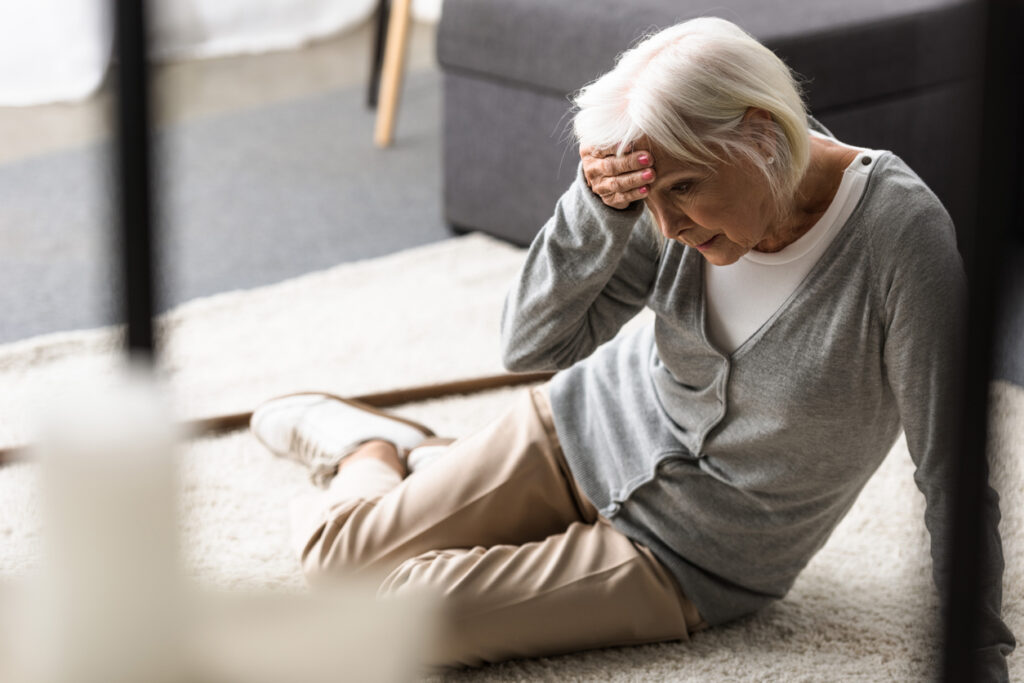Preventing Falls in Older Adults: Safety, Confidence, and Peace of Mind
At The Arbors and The Ivy Assisted Living Communities, we believe an ounce of prevention truly is worth a pound of cure—especially when it comes to protecting the safety and independence of the people we love most.
For many families, fall prevention doesn’t feel urgent until after a fall occurs. But the truth is, falls are one of the most common and most preventable risks for older adults.
The Facts About Falls
-
Falls are the leading cause of both fatal and non-fatal injuries in adults 65+.
-
1 in 4 older adults will experience a fall each year.
-
The fear of falling can lead to decreased activity—which reduces strength and balance and actually increases the risk of falling.
Taking preventative steps now helps protect quality of life, confidence, and independence.
Why Falls Happen
Physical changes that occur naturally with age may include:
-
Reduced coordination, balance, or flexibility
-
Slower reaction time
-
Difficulty seeing tripping hazards or depth differences
-
Dizziness or weakness caused by medications
-
Chronic conditions (arthritis, diabetes, neuropathy, stroke recovery, etc.)
Environmental factors can also play a role:
-
Icy driveways and walkways in winter months
-
Cluttered floors or throw rugs
-
Poor lighting
-
Lack of grab bars or stair railings
-
Ill-fitting shoes or slippers without non-slip soles
The encouraging news? There are simple, meaningful ways to reduce these risks.
10 Practical Fall Prevention Tips for Families
-
Schedule a Health & Medication Review
Ask your loved one’s physician if medications could be contributing to dizziness or balance issues, and whether updated eyeglasses or hearing checks are recommended. -
Increase Safe Physical Activity
Gentle strength, balance, and flexibility exercises are key. Consider:-
Tai Chi
-
Chair yoga
-
Water aerobics
-
Community physical therapy programs
Even small, consistent movement builds confidence and stability.
-
-
Assess the Home Environment
Use trusted resources like the CDC’s Home Fall Prevention Checklist or AARP’s HomeFit Guide to evaluate room by room. -
Add Safety Modifications
Simple updates can make a big difference:-
Grab bars in bathrooms
-
Railings on both sides of stairs
-
Improved lighting in hallways and entryways
-
-
Plan for Winter Weather
Arrange for a neighbor, service, or family member to clear snow and ice consistently. -
Have Grit or Sand Ready
Keeping a bucket by the door makes slippery walkways safer in seconds. -
Secure Outdoor Pathways
Repair uneven pavement, steps, or walkways. -
Use Non-Slip Treads
Anti-skid tape on outdoor steps provides extra traction. -
Choose Supportive, Non-Slip Footwear
Shoes should have firm soles, heel support, and good grip. Avoid loose slippers or socks on smooth floors. -
Encourage Open Communication
The fear of falling can be emotional as well as physical. Reassure your loved one that safety planning is not a loss of independence—it’s what protects it.
We’re Here to Help Families Feel Supported
Creating a safe environment for your loved one isn’t something you have to do alone.
At The Arbors and The Ivy Assisted Living Communities, our approach is rooted in warmth, dignity, and proactive care. We build environments where residents feel confident, connected, and supported—because safety doesn’t mean giving up independence; it means preserving it.
Discover the Difference of family-owned, relationship-centered senior care.
Let our family take care of yours.

